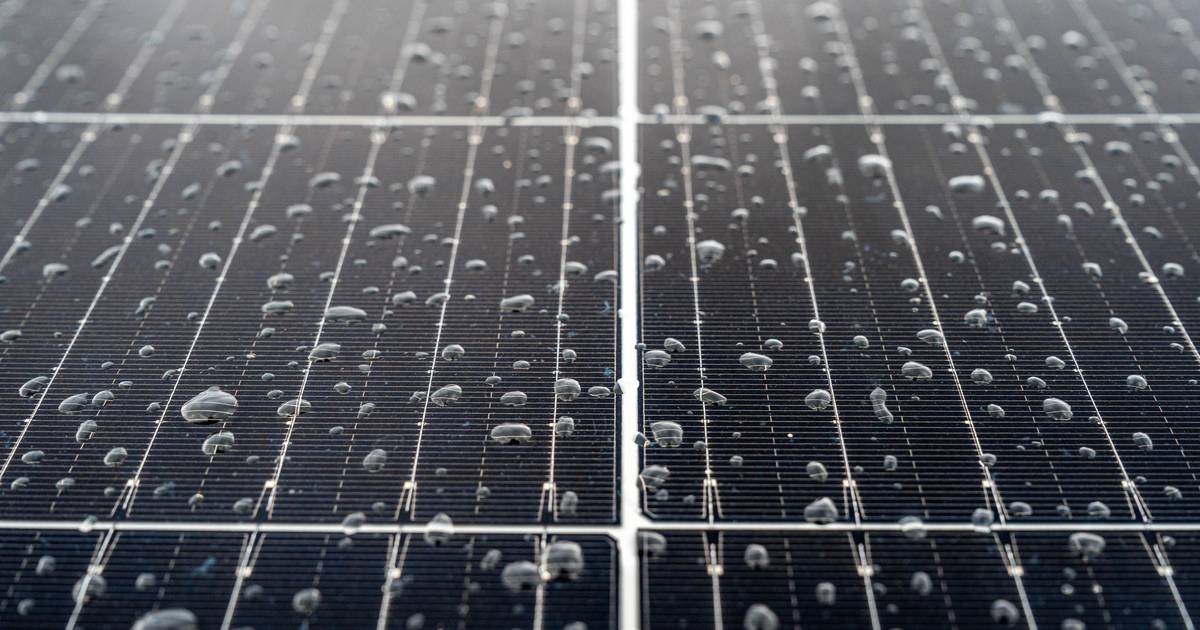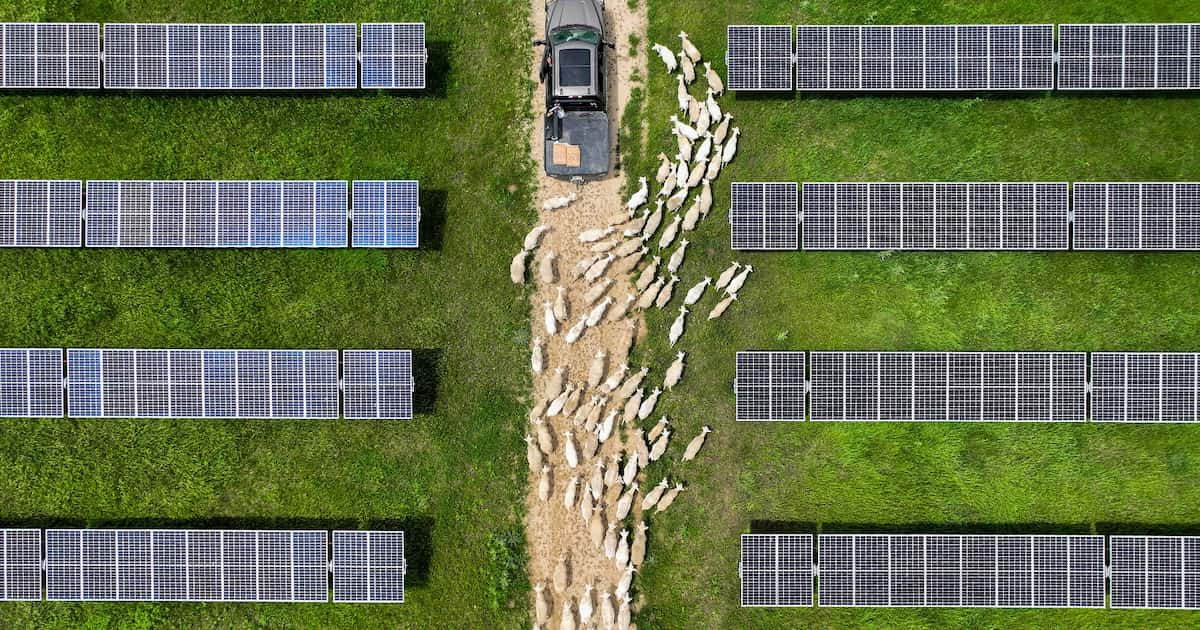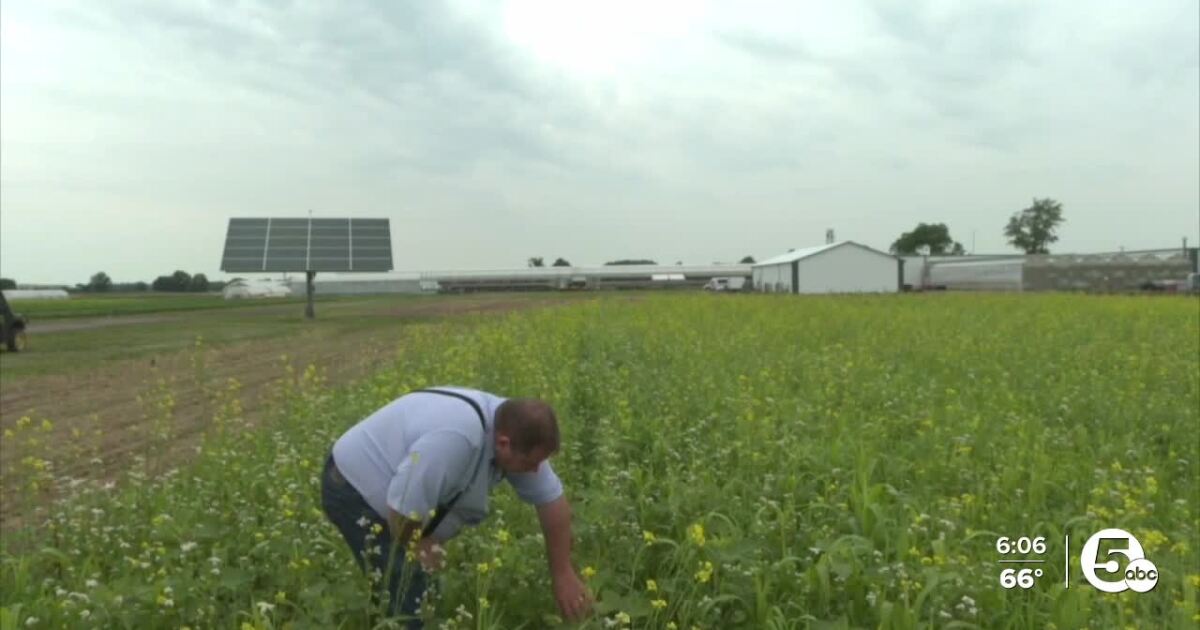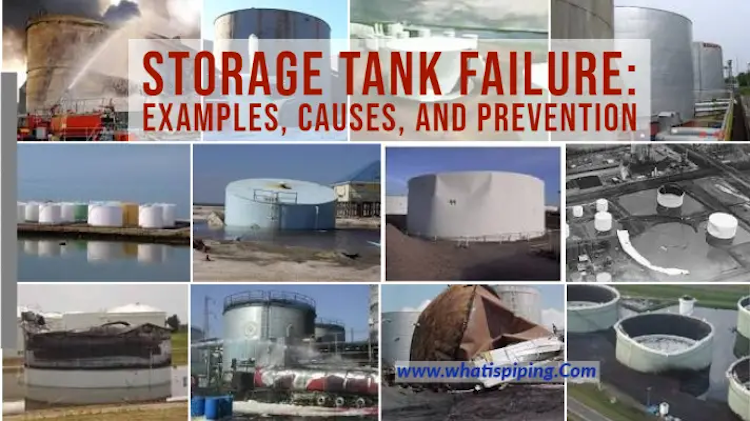By Kegan Sewall-Lau
Updated: 4 hours ago Published: 8 hours ago
Alaska’s natural gas shortage has politicians confused. An issue that may have seemed trivial years ago is reaching a tipping point, as natural gas prices are expected to rise significantly from current levels if Alaska must rely on imports. One of the biggest victims of this shortfall will be the school system, and with the Anchorage School District (ASD) already facing a potential budget shortfall of $98 million, time is running out to discuss solutions; action must be taken – and soon. The number of classes is expected to increase; it is expected that personnel will be reduced. With no obvious solution in sight, it’s time to turn to an answer that seemed impossible years ago: solar energy.
It is true that this plan could not be implemented 5-10 years ago. However, solar prices are falling, and with the Federal Solar Tax Credit, solar power is becoming more and more compelling in Alaska. Now when you pay for solar energy, you get a 30% rebate from the government. For projects worth hundreds of thousands of dollars, this tax credit is a huge savings.
However, when it comes to solar power in Alaska, there is an elephant in the room: winter. Alaska’s long winters and little daylight cause most people to overlook the benefits of solar power. What many people don’t realize is that longer daylight hours in our summer can save thousands of dollars. Even in winter, sunlight reflected from snow can help increase energy production.
Alaska already has two large solar farms: the Willow and Houston facilities. The Houston project alone, an 8.5-megawatt farm, is expected to power about 1,400 homes. Solar power is already being used by counties outside of Anchorage.
Going solar will reduce ASD’s energy costs by about $18 million a year, especially during the summer, when schools like South Anchorage High School spend about $15,000 a month to keep the building running. Alaska Solar estimates that implementing about 170 solar panels at South High School could save thousands of dollars a year and save 27,000 pounds of coal a year.
This goal can be accomplished by leveraging existing grants from agencies such as the Alaska Energy Administration, which provides millions of dollars in funding for solar projects such as the Willow Solar Project. When replicated throughout the ASD, schools will be able to achieve much-needed savings by helping to retain teachers, reduce class sizes and reduce dependence on natural gas.
Kegan Sewall-Lau is a senior at South Anchorage High School. He is working with his teachers and principal to implement a solar installation at the school.
The views expressed here are those of the writer and are not endorsed by the Anchorage Daily News, which welcomes a wide range of viewpoints. To submit a piece for review, email commentary(at)adn.com. Send submissions of less than 200 words to [email protected] or click here to submit via any web browser. Read our full guidelines for letters and comments here.



